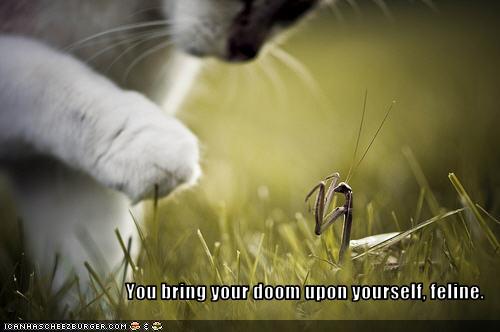Recently, I gave a talk at a hobby club meeting in Vermont, and the topic was Nutrient Control and Export”.  I’ve given this talk at some other clubs aound the nation before, and I’m frequently surprised by how much hobbyists like it. On the surface, you’d think that this was gonna be a dull affair about the virtues of water changes, etc. Although we touched upon such  seemingly basic reef husbandry issues, the talk (and ensuing  dynamic discussion) made me once again realize that there is a definitite “philosophy” to reef husbandry that seems to be shared among the most successful reefers that I know:
“Good things done in small measures, with frequency.”
Simple words, but what do they mean to the successful reefer? A whole lot, actually. The key to ultimate long term success in the hobby is not just having the ultimate system and the hottest equipment- it’s the effort that you put in as a hobbyist to provide your animals with the best possible care. And the common thread seems to be that most of the successful reefers that I know share that basic philosophy. Instead of knee-jerk reactions to problems, like corals dying or water quality declining, they proactively avoid many of these issues by following a regular husbandry regimen. Typically, this consists of modest (like 5%-10%) weekly or slightly larger (20%) monthly water changes, daily observation of major life support systems, frequent cleaning/exchanges of chemical and mechanical filtration media, and regular, but not obsessive water chemistry tests.
This stuff is really basic, but I am frequently surprised, when brought in to troubleshoot an “anomolous” tank “crash” or other issue, of the seemingly complete lack of regular husbandry procedure. As the sayings goes, “Nothing good happens fast in a reef tank”. More often than not, in my experience- neither do bad things! They happen (in a lot of cases) over time, and the cumulative effect is what causes the ultimate decline in many cases. Algae problems, for example, often have their roots in something simple, like bad feeding habits (just dumping cubes of food, packing juices and all) right into the tank in large quantities, failure to execute water changes with any degree of frequency, allowing filter socks and other mechanical media to become saturated with detritus or organics, or the hobbyist forgetting to change the membranes and cartirdges on his/her RO unit (I can’t tell you how many times this has been the cause of gradual declines in water quality). If your source water that you use to make saltwater with sucks, well- you get the picture. Can’t build a solid house with a shaky foundation.
Sure, sometimes there is a rare case of a ‘toxic “batch of  salt or poisoning, but typically, most water quality (and therefore environmental quality) issues result from lack of consistency in our husbandry practices. My point of this rant is not to beat you over the head with the basics, but it is to point out that a simple, consistent effort on your part will lead to greater system stabilty, animal health, and ultimately greater success as a hobbyist. Force yourself to adopt good practices-most of us already do, but apply them in manageable tasks (many of us don’t- for example the “big 4 month water change” or “spring cleaning” of the tank). And do them often! Easy! A 2% twice weekly, or 5% weekly water change can make a huge difference in long term stability of your system. If you don’t believe me, give it a shot for a month and see if you notice a difference in your system…I’ll bet that you will.
So get up, look yourself in the mirror, and then look at your system. Ask yourself if you are making the hobby easier for yourself by following a sporadic husbandry program, or making it harder. I’ll bet that, after adopting a more regular, frequent maintenance schedule, you’ll be asking yourself more “unusual” questions, like “Why did my Mandarins spawn again?”, or “Dang, I have to prune that Acropora valida colony AGAIN?”
Good “problems” to have, huh? Think about it.
Stay Wet.
Scott Fellman




